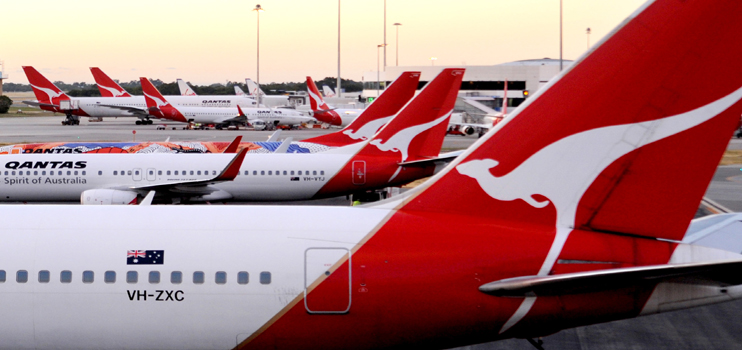Aussie domestic passenger numbers fall for third straight month
18 April, 2019
3 min read


Domestic flights in Australia were less full in February as passenger numbers fell for the third consecutive month and outpaced a fall in airline capacity.
The lack-luster growth was seen in overall February domestic passenger numbers, which includes charter operations and was down 0.4 percent to 4.7m compared to a year ago.
But it was more pronounced when it came to airline or regular public transport (RPT) traffic.
Passenger numbers on flights operated by airlines fell 0.7 percent to 4.5 million, according to newly released government figures.
The industry’s preferred traffic measure, revenue passenger kilometres, fell 1.2 percent compared with the year ago, while capacity decreased by 0.3 percent.
READ: Jet Airways grounded.
This compared with the global growth in domestic travel demand for February of 6.4 percent and an overall traffic growth figure of 5.3 percent worldwide.
Uncertainty about a forthcoming federal election and the impact on consumer confidence of low wages growth and a falling property market are among the factors likely to have contributed to the negative result in Australia.
The fall in passenger numbers outpaced a cut in capacity to drive down the industry-wide load factor from 78 percent last year to 77.3 percent in February.
The Bureau of Infrastructure, Transport and Regional Economics noted in its report that load factors decreased on 36 of the 65 RPT routes it monitors.
Routes with the biggest fall in RPT passengers numbers for the month included Proserpine-Sydney (down 31.1 percent), Brisbane-Proserpine (down 18.5 percent), Geraldton-Perth (down 17.6 percent) and Darwin-Perth (down 16.2 percent).
Routes showing increases included Brisbane-Emerald (up 19.2 percent), Brisbane-Hobart (up 14.3 percent), Brisbane-Mt Isa (up 11.5 percent) and Kalgoorlie-Perth (up 11.1 percent).
Domestic airline passenger numbers for the year ending February 2019 are still ahead of the year ending February 2018 -- but only by 1.3 percent.
Growth in the mature Australian market is typically at the bottom of the basket of domestic markets highlighted by the International Air Transport Association in its monthly traffic figures.
IATA noted in its analysis for February that traffic growth had moderated after a strong start in January.
Director general Alexandre de Juniac said this was in line with concerns about the broader economic outlook and a softening of confidence.
“Continuing trade tensions between the US and China, and unresolved uncertainty over Brexit are also weighing on the outlook for travel,” he said.
.
Get the latest news and updates straight to your inbox
No spam, no hassle, no fuss, just airline news direct to you.
By joining our newsletter, you agree to our Privacy Policy
Find us on social media
Comments
No comments yet, be the first to write one.

